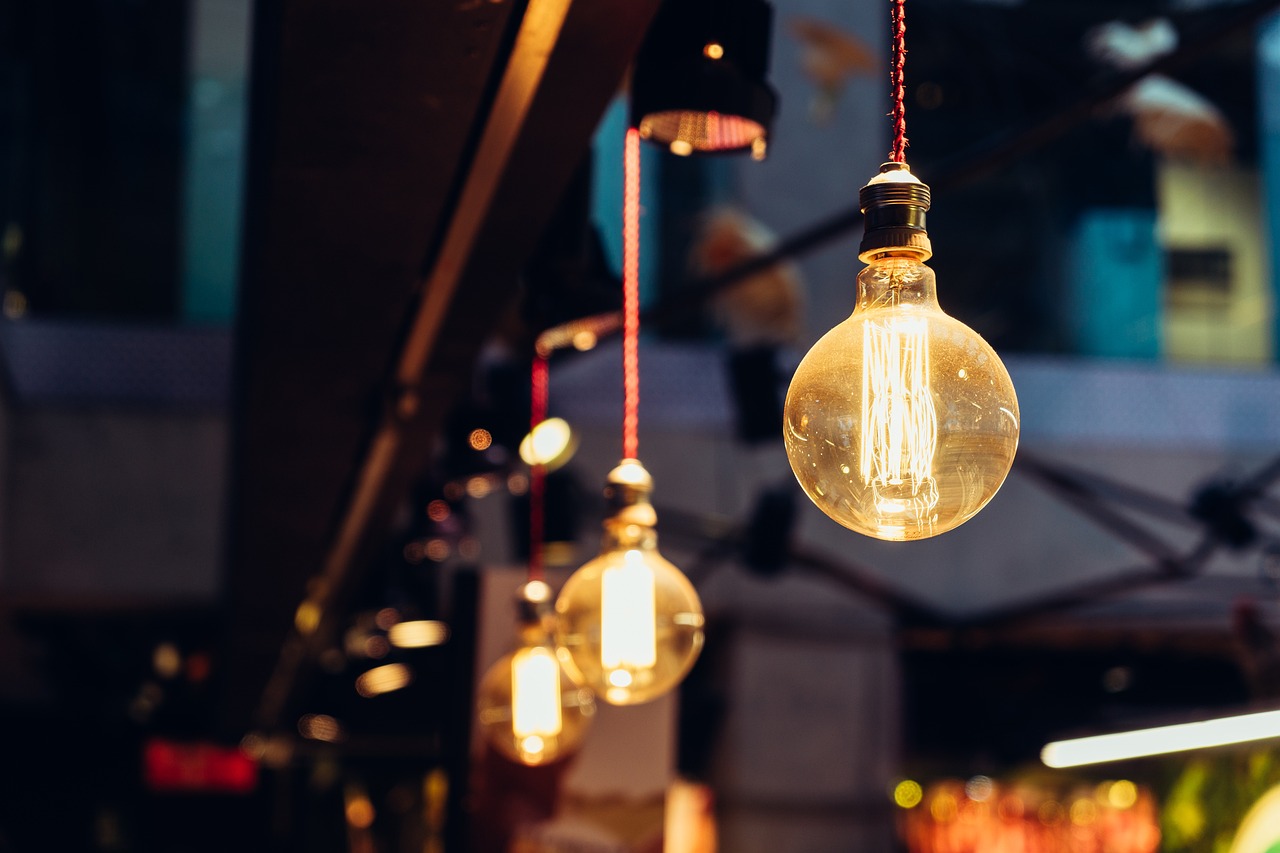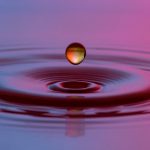Here we summarize the key features of the main types of low-energy light bulbs now available for domestic situations.
Spiral 21 watt CFL with integral LED nightlight
CFLs (Compact Fluorescent Lamps)
These work on same principle as fluorescent strip lighting, and contain an integral electronic ballast, which regulates current flow through the fluorescent tube.
- Power: most in the range 8 to 24 watts; some delay in reaching full brightness
- Light quality: earlier designs criticized for ‘cold’ light; warmer toned designs now available
- Styles: various, including sticks, spirals, traditional bulbs, globes, candles and reflectors
- Dimmable: Yes, but certain designs only
- Lifetime: varies, usually in range 6000 to over 20,000 hours
- Environmental: contain small amounts of mercury vapour inside the tube – no more than 5 milligrams, and in some designs less than 1 mg. Broken or obsolete bulbs should be disposed of appropriately (see Disposal of low-energy light bulbs).
A 20 watt CFL with remote-controlled built-in dimming mechanism that works in a standard light fitting
Halogen bulbs
Consist of a tungsten filament surrounded by inert gas plus traces of a halogen such as iodine or bromine. Standard halogen bulbs are only slightly more efficient than the old tungsten filament bulbs, whereas the energy-efficient versions use about 30% less energy than standard halogen bulbs. Halogen bulbs are commonly used for spotlights and downlighters; but why not try the much more efficient LED equivalents?
- Power: 40 to 150 watts (less than 30 watts for some ‘eco’ energy-saving designs); full brightness achieved at switch-on
- Light quality: bright or ‘cool’ tone
- Styles: various, including traditional bulb, candle, globe, reflector
- Dimmable: yes
- Lifetime: typically 2000 hours
- Environmental: contain no mercury or lead
NOTE: handle without touching the glass envelope to avoid damaging the bulb, unless enclosed in a second glass globe (as pictured here).
GE’s HaloSpherical halogen bulb
Light-Emitting Diode (LED) bulbs
‘Warm white’ 6 watt bulb containing three LEDs, for use in downlighters
A profusion of new designs and fittings mean that LEDs can now be used in virtually every application in the home, office or factory. They are produced in a huge variety of forms, from flexible self-adhesive strips to flat panel units for ceilings. There are even LED floodlights with a claimed life of 50,000 hours that will replace 150 W halogen units. Note that both low-voltage DC and 240 volt AC versions are available, so make sure you have the correct type for your fitting.
- Power: current domestic versions typically range from 1 to 8 watts
- Light quality: earlier designs gave a ‘cool’ white light, but ‘warm’ tones increasingly available; also, various single colours, and sequential multicoloured giving a mini light show, with remote control!
- Styles: reflectors most common, but new designs include LED clear or frosted globes and candles, and LED cove lighting to replace fluorescent units
- Dimmable: only certain designs; otherwise, dimmers greatly reduce the lifetime of the bulb
- Lifetime: typically from 15,000 to over 25,000 hours, although some decorative styles may have a shorter lifetime
- Environmental: contain no mercury, although LED semiconductors may contain small amounts of lead, nickel, arsenic and other potentially toxic metals.



